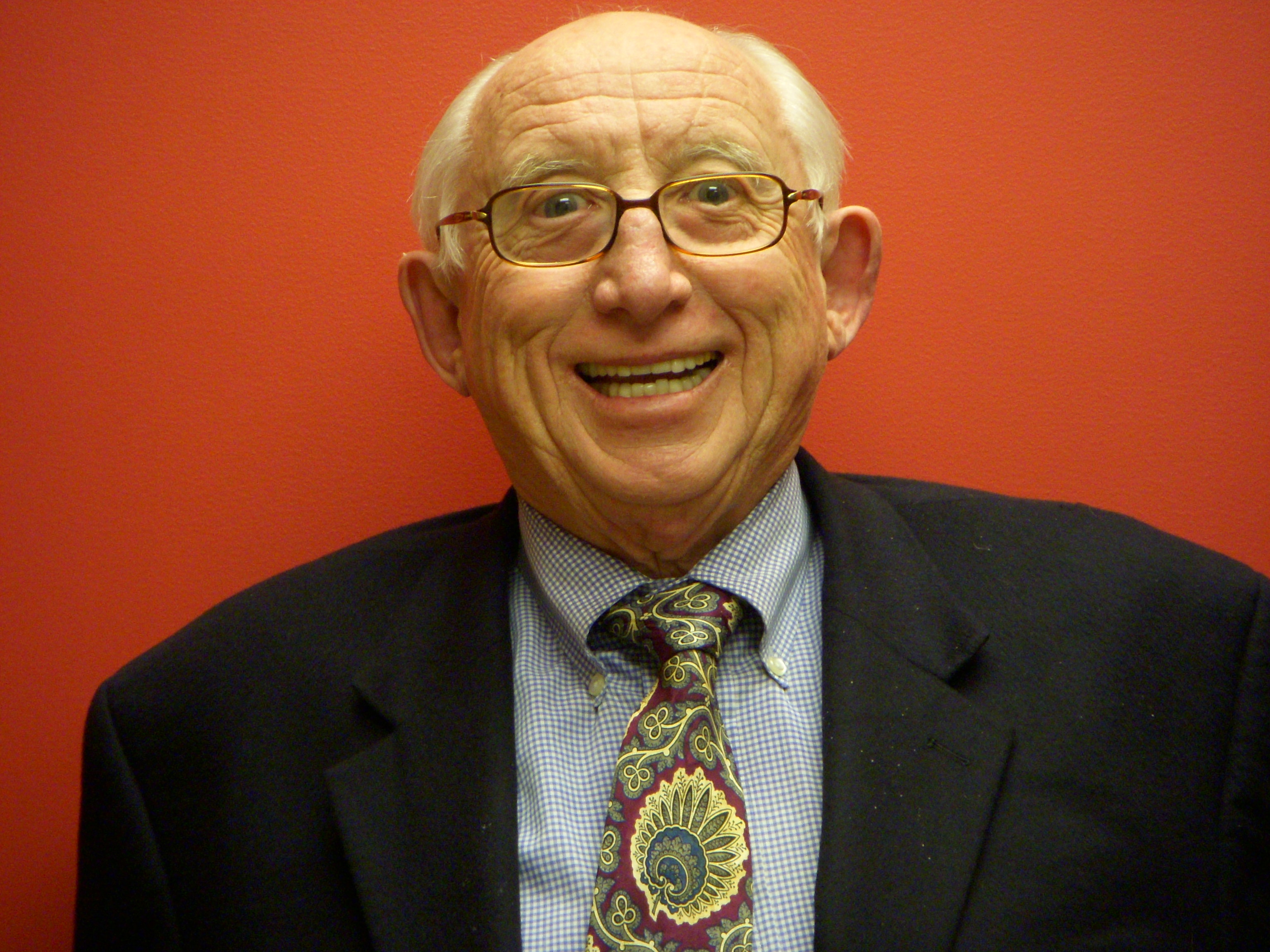Steven Chu, the secretary in charge of the Department of Energy, needs to get the agency’s historian on the phone. Then he needs to have a word with the directors of the nation’s three top weapons laboratories: Los Alamos, Sandia and Lawrence Livermore.
A side call should go to the Department of Energy’s office at the Nevada Test Site.
If he had made those calls, Chu, a physicist, might have been less swift to reject the nuclear option on stemming the oil hemorrhage in the Gulf of Mexico. We do not know why the idea of nuclear intervention was rejected out of hand. Was it Chu’s choice or did word come down from the White House that there would be no nuclear blast under the gulf? My guess is that the White House made the call.
Although the Soviets claimed they used a nuclear blast to tame an out-of-control gas well that burned for three years, the real expertise in using nuclear detonations for civil engineering resides in the DOE.
From 1958-73, the Atomic Energy Commission—later subsumed into the DOE —had a very active civil engineering program called Operation Plowshare. The program grew out of the national exuberance for all things nuclear that prevailed in the 1950s and into the 1960s, when public opinion began to turn and enthusiasm for government science wilted.
Initially Operation Plowshare (named for the biblical injunction to beat swords into plowshares and spears into pruning hooks) fathered some pretty radical ideas, like using controlled nuclear blasts to lower mountains. Others included widening the Panama Canal, building a new Central American canal though Nicaragua, and carving a new bay in Alaska. Finally, the project’s goal was narrowed to stimulating natural gas production.
In all there were 27 detonations, most of them at the nuclear test site in Nevada; but there were two in Colorado and two in New Mexico. Every test had its own name and the size of the charge ranged from 105 kilotons (code-named Flask) to 0.37 kilotons (code-named Templar).
The last and most ambitious test, which took place outside Rifle, Colo., and was code-named Rio Blanco, consisted of three linked detonations of 33 kilotons each. The technique mirrored conventional blasting with sequential charges. And the idea was that gas would be driven from cavity to cavity, concentrating it for extraction in the last cavity.
Radioactive contamination of the gas doomed the whole idea. But what worked were the detonations themselves.
A good deal is known, somewhere in the archives of the DOE and its laboratories, about how to detonate safely underground and what happens when you do.
Three things happen after a detonation: an area becomes vitrified, a much larger area is reduced to rubble, and there is a cavity into which much of the rubble falls. Sounds like what you want in the Gulf of Mexico, eh?
At the time of Operation Plowshare, most of the data was classified. Much of it has since been made available to an apathetic world.
Driven by a complex mixture of guilt over creating nuclear weapons and real enthusiasm for the science, there is no doubt that silly things were undertaken in the early days of civilian nuclear experimentation. But that does not mean that the devices did not work or that the science was deficient. Or that it cannot be used for better purposes today.
President Obama and BP have said that the best minds are working on engineering solutions to the Gulf disaster. So it seems strange that the truly high-tech one has received short shrift.
I covered the last three years of Operation Plowshare as a reporter, and I never heard a whisper that any of the 27 detonations failed. It was the mission that was in doubt.
As for lingering effects, the government has issued natural gas drilling licenses within three miles of some experiments, and in one case within a mile of where the nuclear blast took place years ago. Apparently, nothing to worry about.
Institutional memory is a terrible thing to waste. –For the Hearst-New York Times Syndicate

